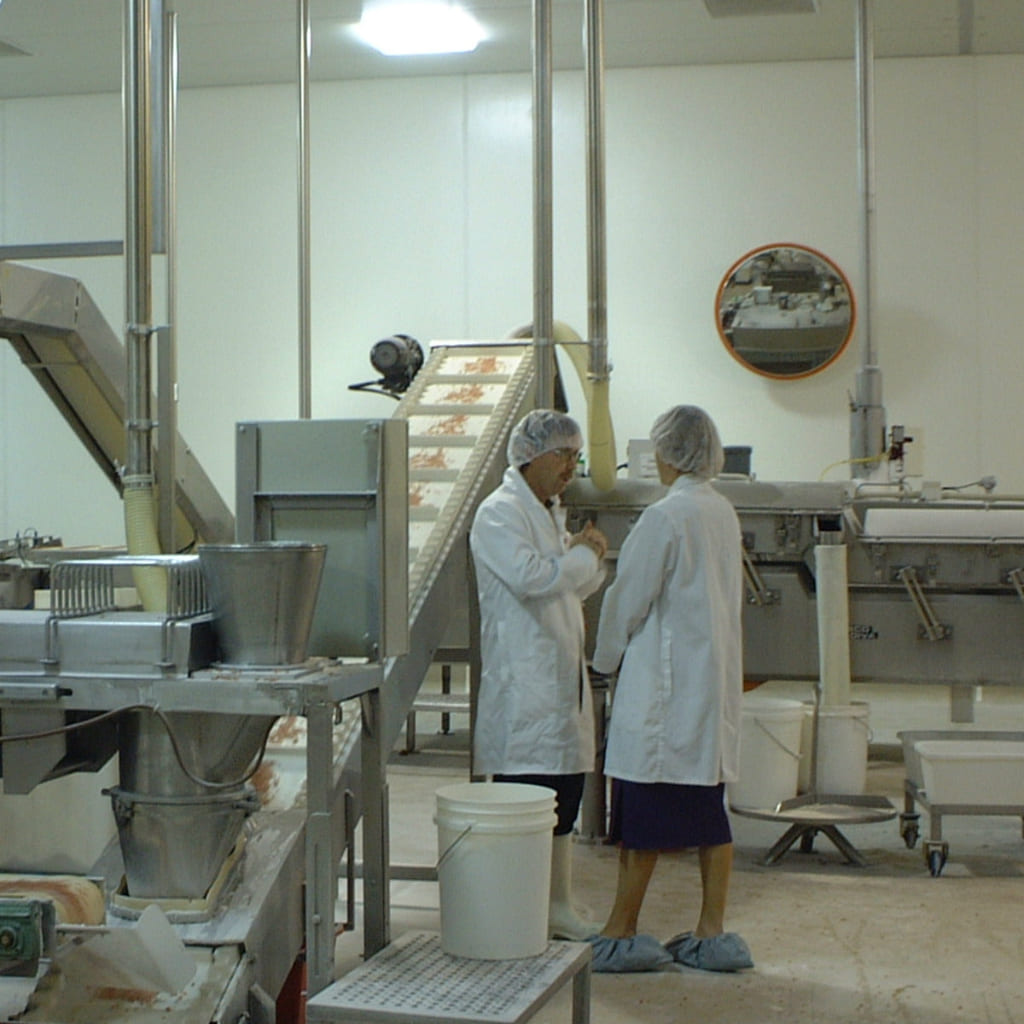
How to Choose the Right Security Mirror for Your Property
Security mirrors have become a quiet constant in modern security plans, stepping into gaps that cameras cannot always fill—blind corners, narrow driveways, warehouse junctions, stairwell landings, or the hidden recess of a shop aisle. By bending light rather than relying on electronics, a correctly chosen mirror gives real‑time situational awareness without power, software, or privacy complications. Yet the sheer range of shapes, sizes, materials, and specialist designs on the UK market can make the purchase feel more like specifying a piece of safety engineering than buying a mirror. Understanding the nuances below will ensure the unit you bolt to the wall or post genuinely improves visibility, survives its environment, and satisfies insurers or regulators for years to come.
The starting point is mirror geometry, because the curve dictates what you will see and at what distance. A classic convex disc is the workhorse of exterior security: its outward curve compresses a wide scene into a single glance and suits gateways, car‑park exits, or driveway blind spots. Indoors, convex mirrors still dominate but often morph into half‑domes for T‑junctions or full domes for 360‑degree coverage of open areas such as warehouse mezzanines or retail floors. Quarter‑domes, niche though they sound, are invaluable in tight ninety‑degree corners along hospital corridors or stairwells where a full disc would protrude dangerously. Institutional suppliers even offer slimline “space‑saver” profiles that sit almost flush to a ceiling yet still deliver wide angles—an important option where head‑height clearance is limited, such as underground car parks or low industrial gantries. Securikey’s buyers’ guide underlines how each geometry arose from a distinct operational need, from forklift rear‑view panels to food‑processing versions that resist sanitising chemicals.
Mirror size links directly to usable viewing distance, so dimensions are not merely aesthetic. Insight Security’s recent sizing guide explains that a 300‑millimetre roadside disc offers reliable reflections only up to about three metres; step up to 600 millimetres and the envelope stretches to eleven metres, while an 800‑millimetre mirror covers roughly twenty. Choose too small and a driver cannot judge an oncoming vehicle’s speed; choose too large in a cramped hallway and the image shrinks, defeating the purpose. The rule of thumb is to measure the longest likely observer‑to‑mirror distance, then select the mirror whose rated range exceeds that figure by a modest margin, allowing for future alterations to traffic flow or shelving layouts.
Material choice is equally pivotal. Traditional glass has largely disappeared outside heritage sites because it is heavy, fragile, and shatters into hazardous shards. Modern discs use either acrylic, polycarbonate, or stainless steel. Acrylic delivers the brightest image and costs less, making it ideal for indoor retail, offices, or sheltered loading bays where impacts are rare. Polycarbonate sacrifices a slight measure of optical clarity but is up to two‑hundred times stronger than glass and remains weather‑stable under extreme heat or frost, which is why anti‑vandal street mirrors, school playground mirrors, and institutional anti‑ligature mirrors favour it. A concise comparison by National Safety Mirror notes that polycarbonate’s extra impact resilience comes at roughly a thirty‑five per cent price premium over acrylic, a worthwhile trade‑off where vandalism or collision risk looms. Stainless steel occupies the industrial heavy‑duty tier. It resists solvents, withstands repeated blows, and shrugs off flying debris, albeit with extra weight that demands robust mountings. In correctional environments and secure mental‑health units, suppliers such as DuraVision reinforce polycarbonate faces with foam cores and tamper‑proof steel frames, meeting stringent Home Office guidelines for eliminating ligature points.
Any mirror destined for the UK highway network must also satisfy regulatory standards. Roadside discs fall under BS EN 1463, a European standard adopted by the Department for Transport that governs design, performance, and testing of devices installed near public roads. Local authorities seldom grant permission for private mirrors on public verges unless a documented accident history exists and all alternative safety measures are exhausted, so always confirm planning status before drilling posts into pavements or verges. On private land—company car parks, distribution yards, business forecourts—no statutory approval is needed, but insurers may still ask for evidence that the mirror is certified to an appropriate impact or weather‑resistance class.
Mounting hardware often determines longevity more than the mirror face itself. Outdoor units should arrive with galvanised or stainless fixings and multi‑angle brackets that let you fine‑tune orientation without warping the back plate. Vibration from passing HGVs can loosen standard nuts, so nyloc or tamper‑proof bolts are preferable along busy arteries. Indoors, anti‑tilt back plates are indispensable in areas accessible to the public: they stop the disc dropping forward if leaned on and, in the case of half‑ or quarter‑domes, prevent prising hands from creating a ligature gap. Where the mirror sits within reach, specify backing that encloses all screw heads; police‑cell and hospital mirrors go further, embedding heads in anti‑pick sealant as a final deterrent—a best‑practice detail flagged in institutional installation guides.
Environment drives the need for specialist coatings and add‑ons. Exterior mirrors should carry ultraviolet inhibitors in both face and frame plastics to stop yellowing after prolonged sunlight. In frost‑prone locations, latent‑heat or gel‑core discs store solar warmth and bleed it back at night to ward off condensation without electrics, a low‑maintenance technology now standard on many UK traffic mirrors and highlighted in Insight Security’s 2024 round‑up of anti‑fog designs. Where salt spray or aggressive cleaning chemicals are present—think coastal petrol stations or food‑processing plants—seek stainless‑steel faces and powder‑coated frames certified for corrosion resistance. For high wind exposure, a deeper back shell with cross‑rib stiffening stops the mirror flexing and distorting the image.
Optics can be refined further for niche tasks. “First‑surface” mirrors reverse the usual construction by placing the reflective coating on the front rather than behind a clear substrate, eliminating double images under strong ceiling lights and proving useful on production lines where workers must see alignment marks with precision. Vehicle inspection mirrors attach to telescopic handles and sometimes integrate LED clusters for checking undercars at security checkpoints. Even equine‑arena mirrors borrow convex geometry to let riders check posture mid‑canter without twisting. The common thread is that the safer the environment depends on rapid visual feedback, the more specific the mirror’s design becomes—and the more diligent selection needs to be.
The decision process therefore unfolds as a sequence of practical questions rather than a tally of features. Identify the hazard: is it a hidden electric‑pallet lane, a driveway onto a fast B‑road, or an unobserved stairwell? Measure the observer’s likely distance and choose the diameter that turns a head movement into full situational coverage. Match material to threat level: acrylic where image quality and economy top the brief; polycarbonate or stainless where brute resilience or vandal resistance is paramount. Confirm any legal or insurance requirements, including road‑side permissions and BS EN compliance marks. Finally, audit the micro‑environment—weather, lighting, mounting surface, chance of vandalism—so you can specify UV protection, anti‑fog cores, or tamper‑proof fixings as required.
Maintenance, often overlooked at purchase time, seals the return on investment. Periodically wipe exterior faces with pH‑neutral detergent and soft cloths, steering clear of abrasive pads that scratch plastic laminates. Acrylic and polycarbonate can both be buffed with fine plastic polish to remove minor scuffs; stainless steel tolerates harsher solvents but repays them with decades of service. Check brackets annually for corrosion creep or fatigue, tightening or replacing hardware as steel expands and contracts through the seasons. Where anti‑pick sealants protect screw heads, inspect for cracks that could grant leverage points. A mirror can only protect what it reflects; clouded surfaces or sagging brackets turn it into a decorative circle.
Choosing a security mirror is therefore less about picking the shiniest disc and more about aligning optical performance, material science, and regulatory diligence with the realities of your site. Done well, the humble convex or dome mirror delivers silent vigilance day and night, redirecting light rather than electrons, and stepping in long after power cuts render CCTV dark. It is, in essence, a lens on your blind spots, tailored by geometry, chemistry, and standards to meet the particular risks you face. Approach the purchase with that mindset—hazard‑first, evidence‑backed, environment‑aware—and the mirror you finally tighten into place will repay you every time it captures a movement that might otherwise have gone unseen.
